House C by Hiroshi Nakamura and NAP Architects
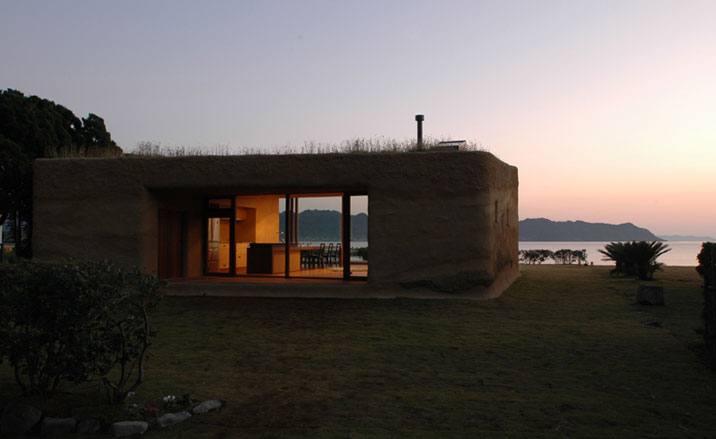
This modest family house in Chiba appears wedded to the earth, a deliberate strategy by the Tokyo-based architect Hiroshi Nakamura. 'I wanted to make an architecture that's like working on soil in the garden,' Nakamura explains, 'architecture that the owner is able to touch and transform with his own hands communicates well with the environment and is perfectly matched to the site.'
The site is undoubtedly the star, an idyllic spot located 'between ocean and mountain'. 'The view here is beautiful,' says Nakamura, 'from the beach where people bathe to the horizon where yachts come and go, to the cliff which shows a beautiful stripe of rock and the grassy plains full of wild flowers. I didn't want to spoil it, so I decided to build a house that had a seamless connection to the landscape.'
At first glimpse, House C has a timeless, vernacular quality, as if it has its origins in a much earlier structure. Nakamura based the design around the spacious central room, with large walls of glass at each end that conjure up the sensation of being embedded in the ground. This concrete enclosure supports a green roof, laid with soil from the site and planted with wild grass seeds. The side walls are coated in a specially developed mix of soil, cement and resin, a 55mm coating that not only helps with insulation but minimises salt damage.
As the architect points out, the rough and ready textured surfaces have functional as well as aesthetic advantages. The use of soil excavated from the site cut down on transportation costs, while the added insulation benefits of the thick walls and planted roof offset the large expanses of glass. The client mucked in on the construction, using a variety of implements to scour the external walls and give them a rough-hewn, very personal character.
The plan is deliberately simple, with the large open plan living area sandwiched between two thick service walls containing the bathroom to the south and storage and servicing to the east. Sleeping areas are set into recesses at either side of the main space, enhancing the cave-like feeling of the house. Simple details, like the roof-light in the bathroom, are given a twist by the juxtaposition of the rough-hewn ochre walls with the pristine white interior. The interior flooring and south-facing terrace are all wood, which harmonises with the rendered surfaces.
Ultimately, the architect believes this is a house with an appearance that will be constantly shifting, whether 'by the seeds carried by the birds or the winds, by the owner's gardening and by the changing of the seasons.' 'The leading role is not the architect's,' Nakamura adds, 'but nature's.'
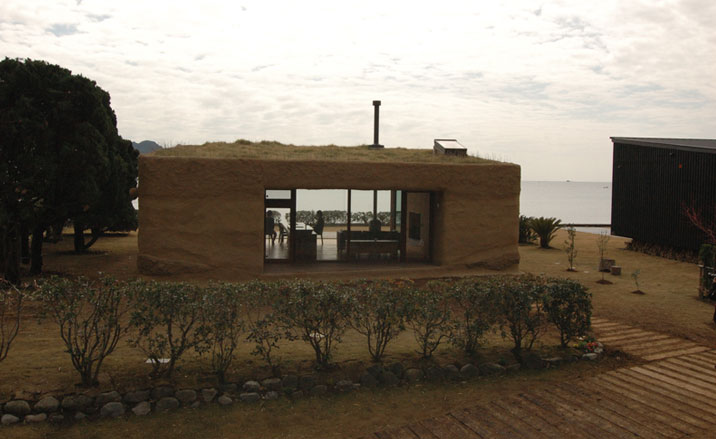
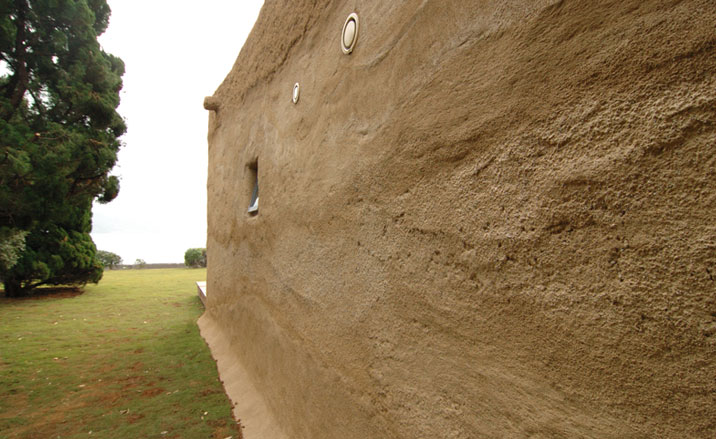
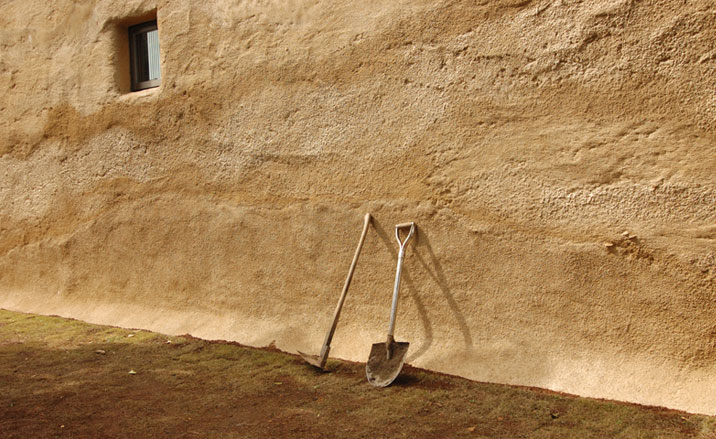
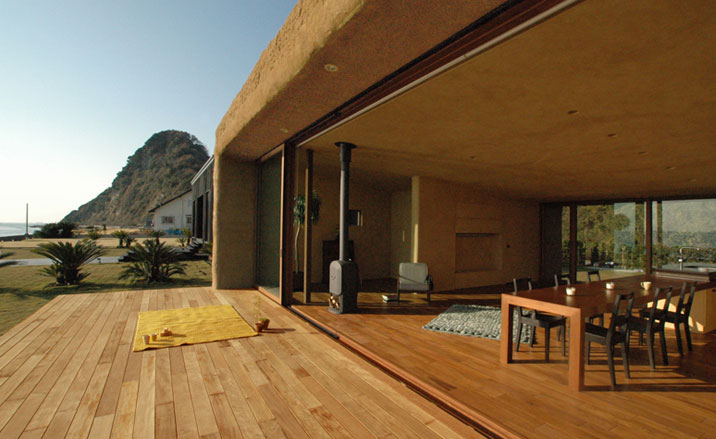
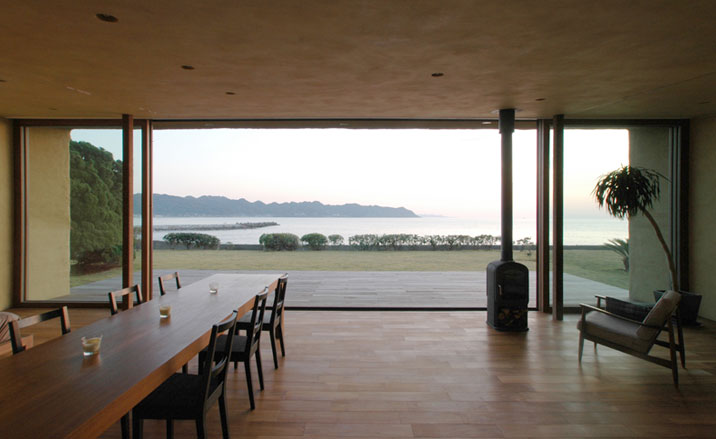
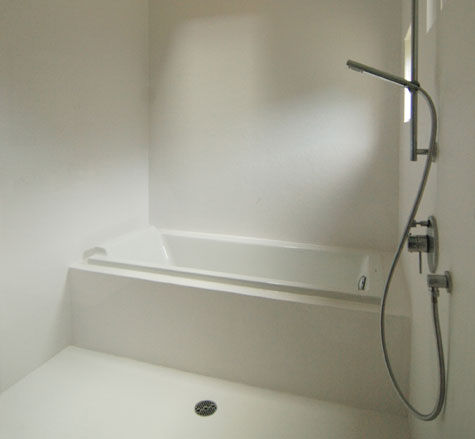
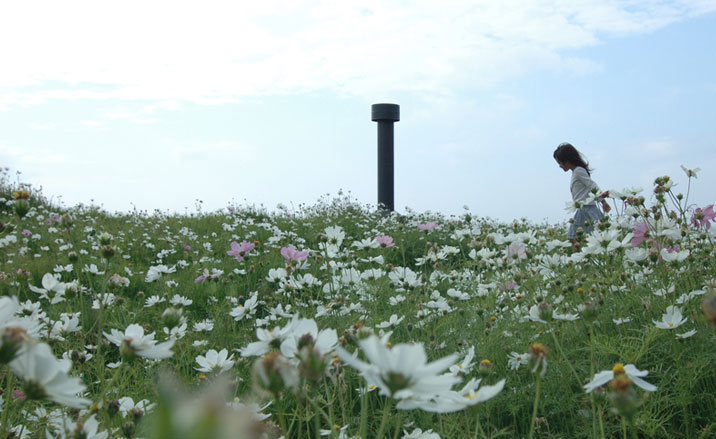
Receive our daily digest of inspiration, escapism and design stories from around the world direct to your inbox.
Ellie Stathaki is the Architecture & Environment Director at Wallpaper*. She trained as an architect at the Aristotle University of Thessaloniki in Greece and studied architectural history at the Bartlett in London. Now an established journalist, she has been a member of the Wallpaper* team since 2006, visiting buildings across the globe and interviewing leading architects such as Tadao Ando and Rem Koolhaas. Ellie has also taken part in judging panels, moderated events, curated shows and contributed in books, such as The Contemporary House (Thames & Hudson, 2018), Glenn Sestig Architecture Diary (2020) and House London (2022).
-
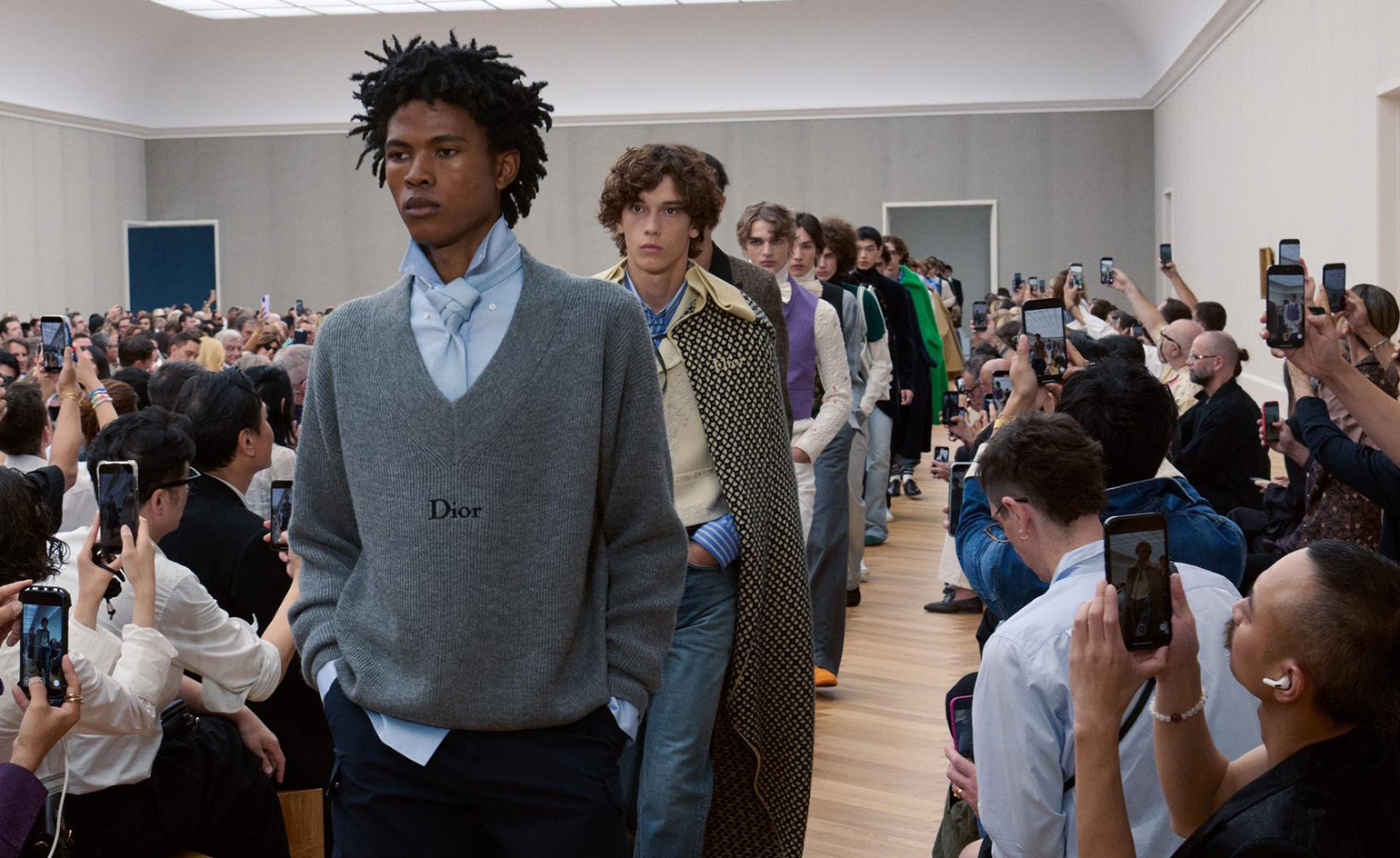 Men’s Fashion Week A/W 2026 is almost here. Here’s what to expect
Men’s Fashion Week A/W 2026 is almost here. Here’s what to expectFrom this season’s roster of Pitti Uomo guest designers to Jonathan Anderson’s sophomore men’s collection at Dior – as well as Véronique Nichanian’s Hermès swansong – everything to look out for at Men’s Fashion Week A/W 2026
-
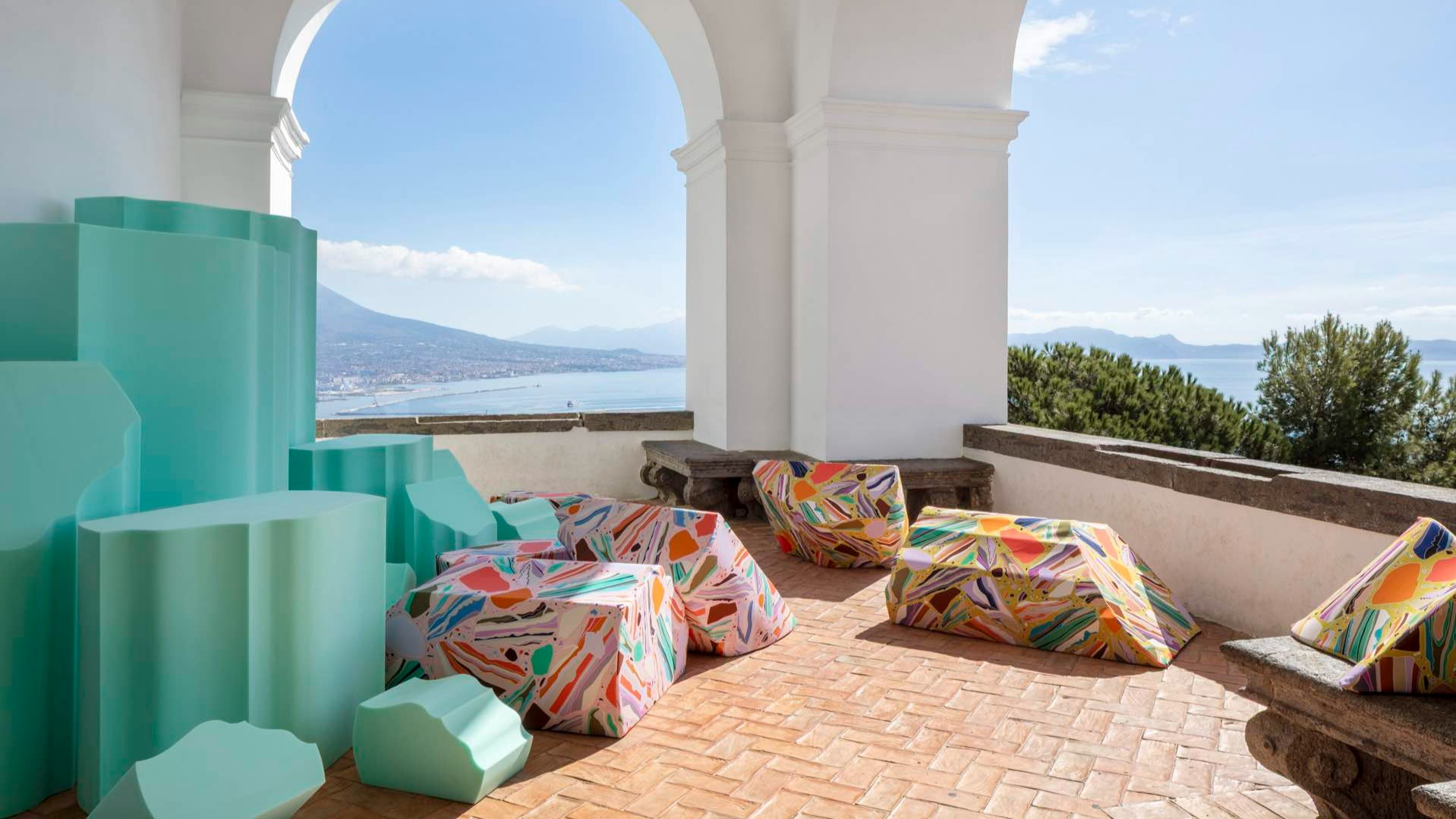 The international design fairs shaping 2026
The international design fairs shaping 2026Passports at the ready as Wallpaper* maps out the year’s best design fairs, from established fixtures to new arrivals.
-
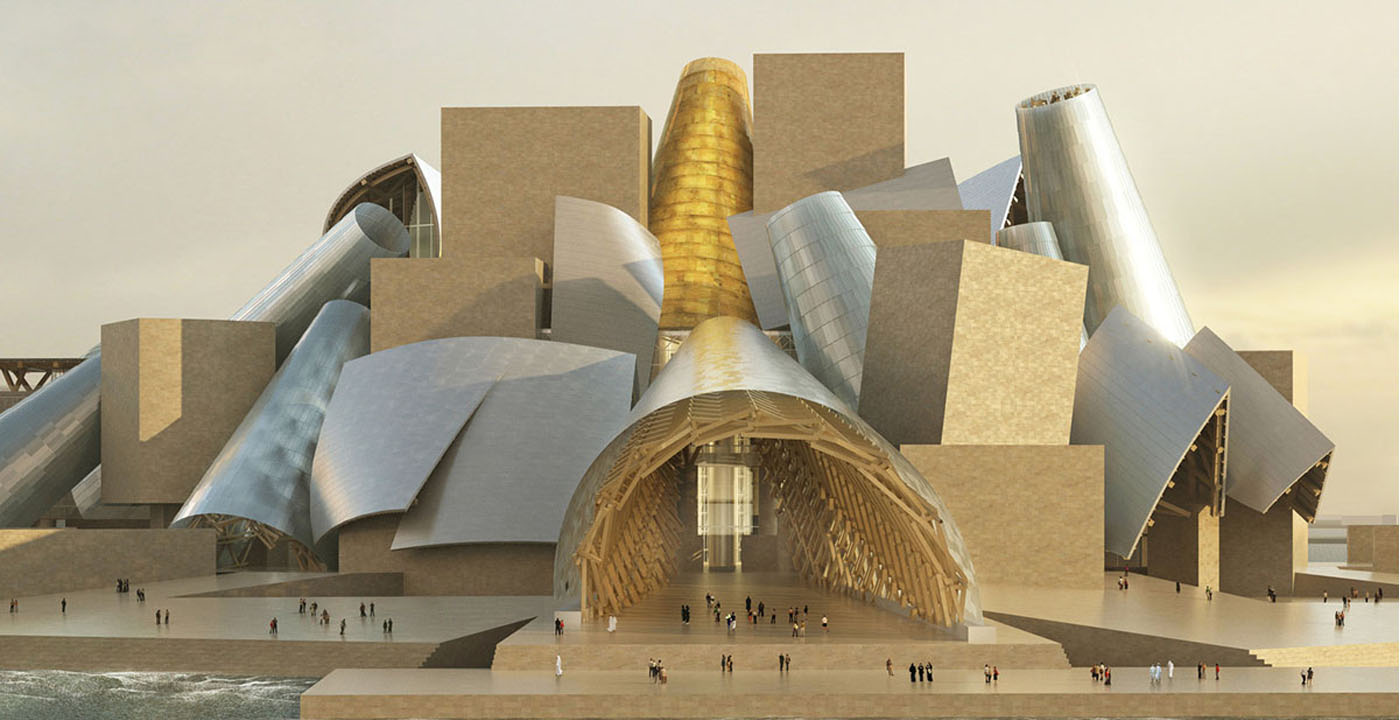 The eight hotly awaited art-venue openings we are most looking forward to in 2026
The eight hotly awaited art-venue openings we are most looking forward to in 2026With major new institutions gearing up to open their doors, it is set to be a big year in the art world. Here is what to look out for